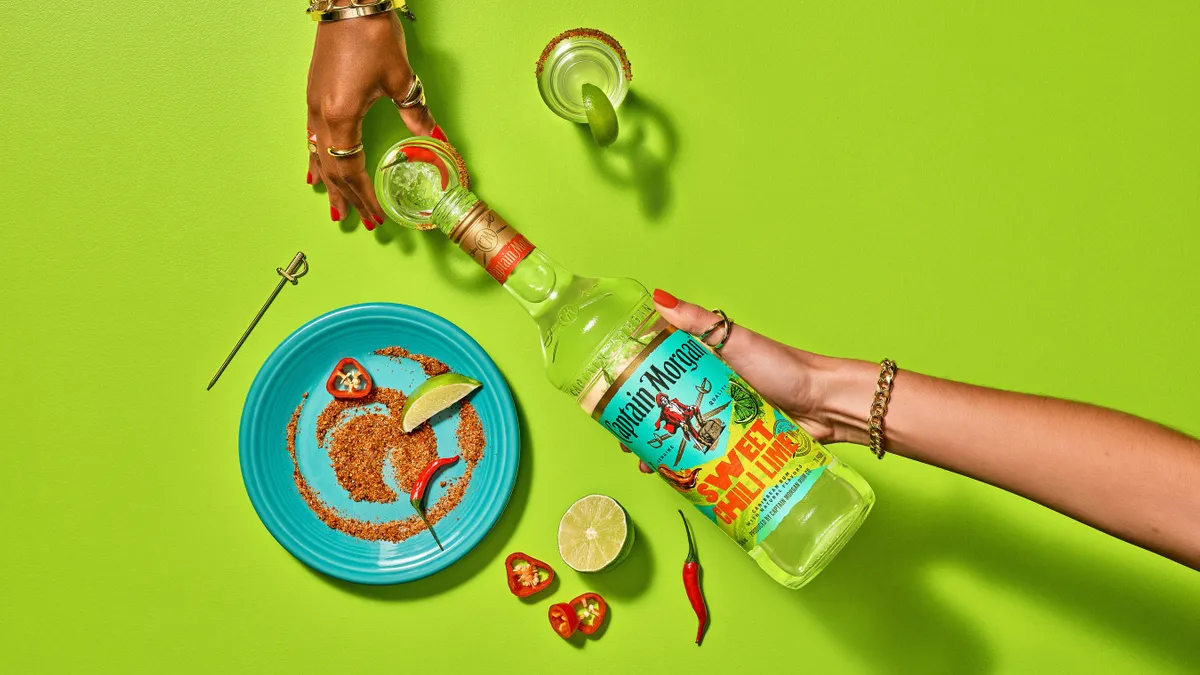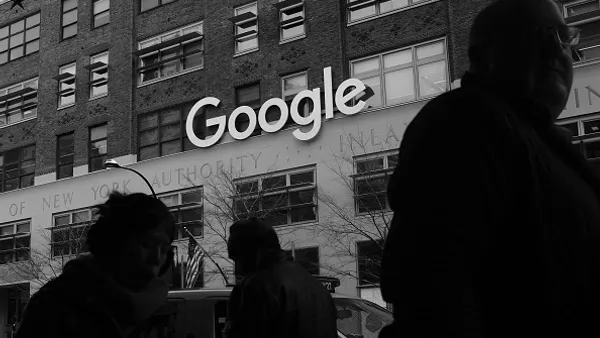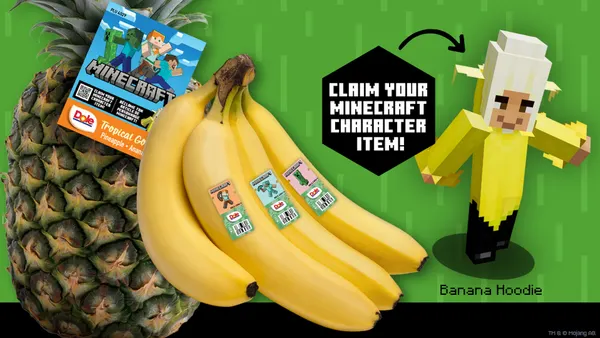Dive Brief:
- DoorDash, the mobile food delivery service available at 54,000 restaurants, updated its Android and iOS applications to simplify browsing, placing orders and monitoring delivery status. The San Francisco-based company added recommendations, ratings and information on the most popular foods to help mobile users decide what to eat, according to a blog post by the company.
- The mobile app’s delivery status now includes a map that shows the location of the delivery person in real time, which removes the need for people to call or e-mail when they wonder where their food is.
- DoorDash’s use of artificial intelligence (AI) to personalize recommendations boosted the likelihood that people would place an order by 25% compared with looking at a list of popular nearby restaurants, according to Venture Beat.
Dive Insight:
Food delivery services are in a race to innovate, form partnerships with restaurant chains and expand their footprints globally. Just as DoorDash is using AI technology to improve food recommendations and add geolocation technology to its mobile app, rival GrubHub is busy partnering with TripAdvisor to show its customers which restaurants offer delivery, Mobile Marketer's sister site Marketing Dive reported.
The delivery industry’s rapid expansion can be seen in the quarterly profit statements of GrubHub, which is the only publicly traded pure play in the industry (competitors Amazon Prime Now and Yelp’s Eat24 are both part of larger companies). GrubHub’s revenue hit $156 million in the first quarter of 2017, a 39% jump from Q1 of 2016. The company started operating in smaller cities and report nine million users have placed an order in the past year.
Delivery and take-out service are important components of driving growth. Nation's Restaurant News cites market research from the NPD Group that says about two-thirds of all restaurant visits last year were for to-go orders as consumers shunned dining in. The number of people dining at casual restaurants declined 4% in 2016, while off-premise visits rose 1% to 920 million total visits, NPD said. That means restaurants need to remove friction in their mobile apps and consider how to make take-out ordering simpler and faster for customers.













